Summary
Why Sweat Comes From Blood: Osmotic Pressure and the True Cost of Cooling Down
Sweat isn’t just water—it's drawn from blood through osmotic pressure. As sodium gathers in sweat glands, it pulls water from blood vessels, leading to dehydration. This process helps cool the body, but it also robs the brain of vital hydration and electrolytes, impairing mental and physical performance.
How Heat Disrupts Brain Function: Sodium Loss, Blood Thickening, and Signal Failure
Sodium is essential for neurons to transmit signals. But sweating depletes sodium and thickens blood, reducing cerebral circulation. As a result, brain cells can’t reset efficiently. The outcome? Slower reactions, foggy thinking, and poor trick execution—even if your skills haven’t changed.
Frustration Loop in the Heat: Why You Rush Tricks and Fail More When Overheated
Heat activates the amygdala and suppresses rational control in the brain. You become impulsive, pushing for retry after retry—even when tired. This emotional spiral leads to sloppy timing, more failure, and deeper frustration. Cooling down is not weakness—it’s how your brain regains control.
The mechanism of sweating
Why do we sweat in the first place? By releasing moisture onto the skin's surface and allowing it to evaporate, our bodies utilize the principle that evaporation draws heat away, effectively cooling us down.
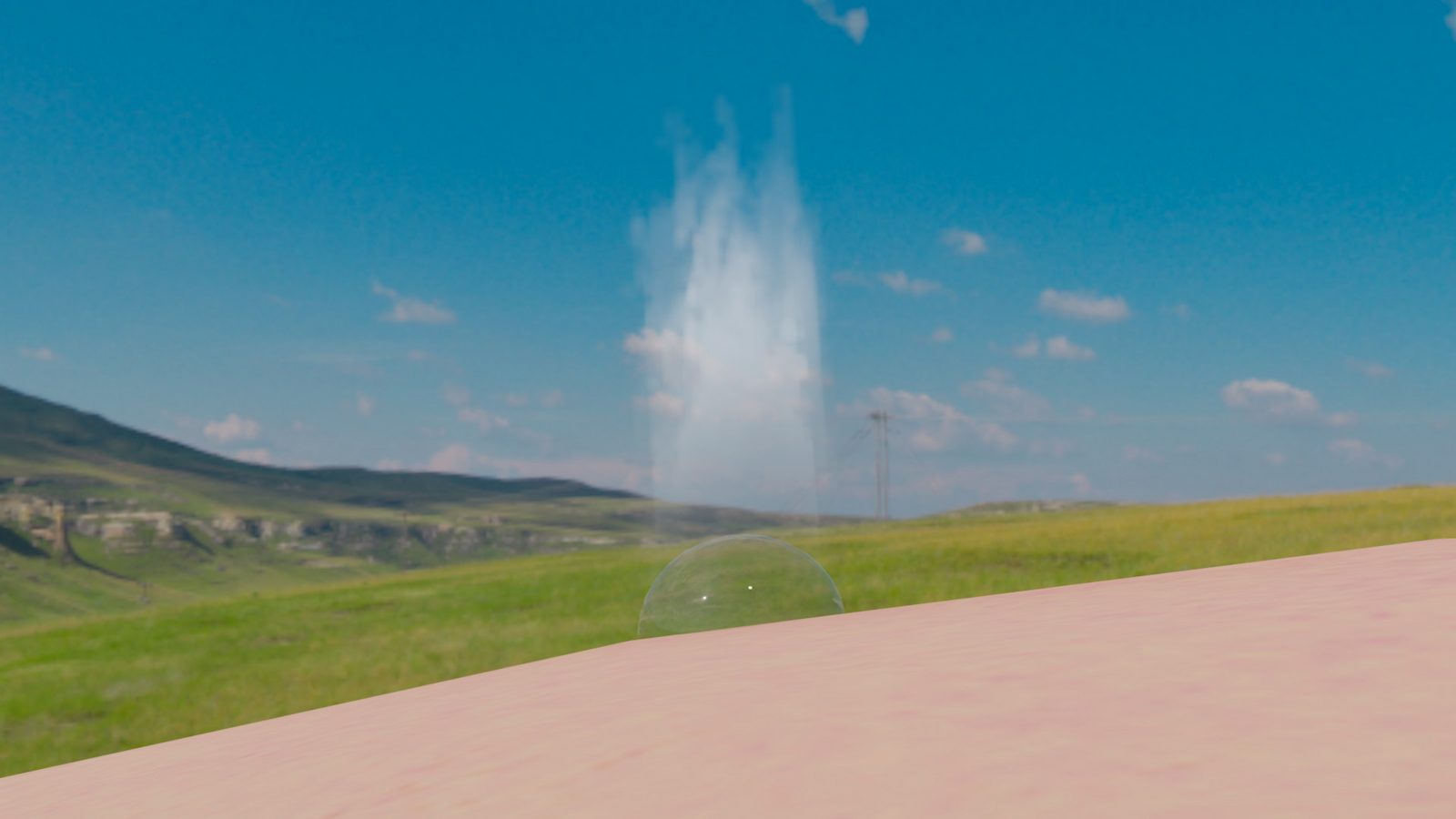
Now, what is sweat made of? Blood. You might think they are completely different—but think about it this way. Have you sprinkled salt on a slug? The unfortunate creature shrivels as water is drawn out of its body. This is due to a principle known as osmotic pressure — the movement of water toward areas with a higher concentration of substances.
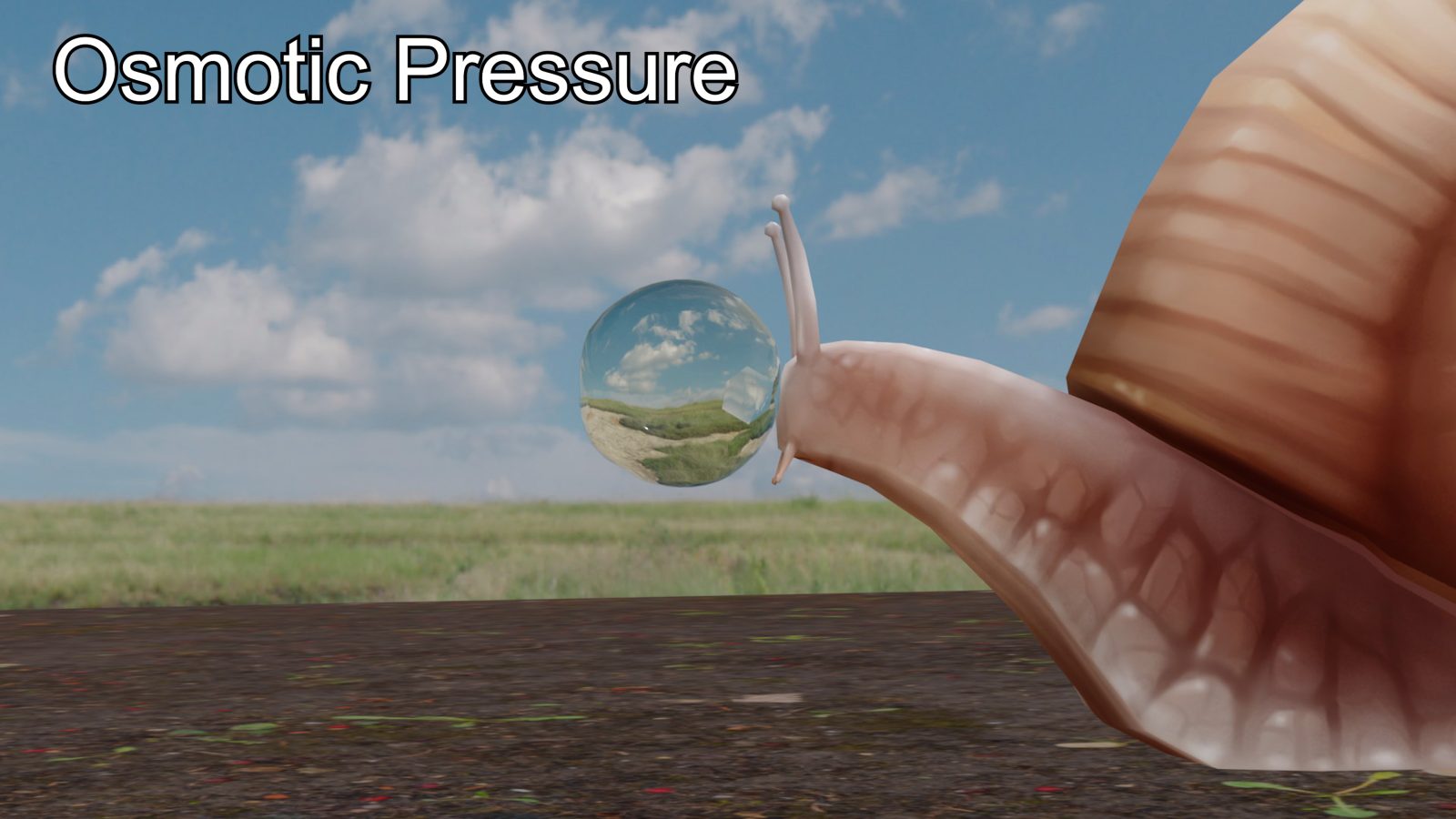
A similar process occurs when humans sweat. Within our skin lie sweat glands, which draw sodium, a key component of salt. This accumulation of sodium creates an osmotic pull, drawing water out of the surrounding blood vessels and releasing it onto the skin's surface as sweat.
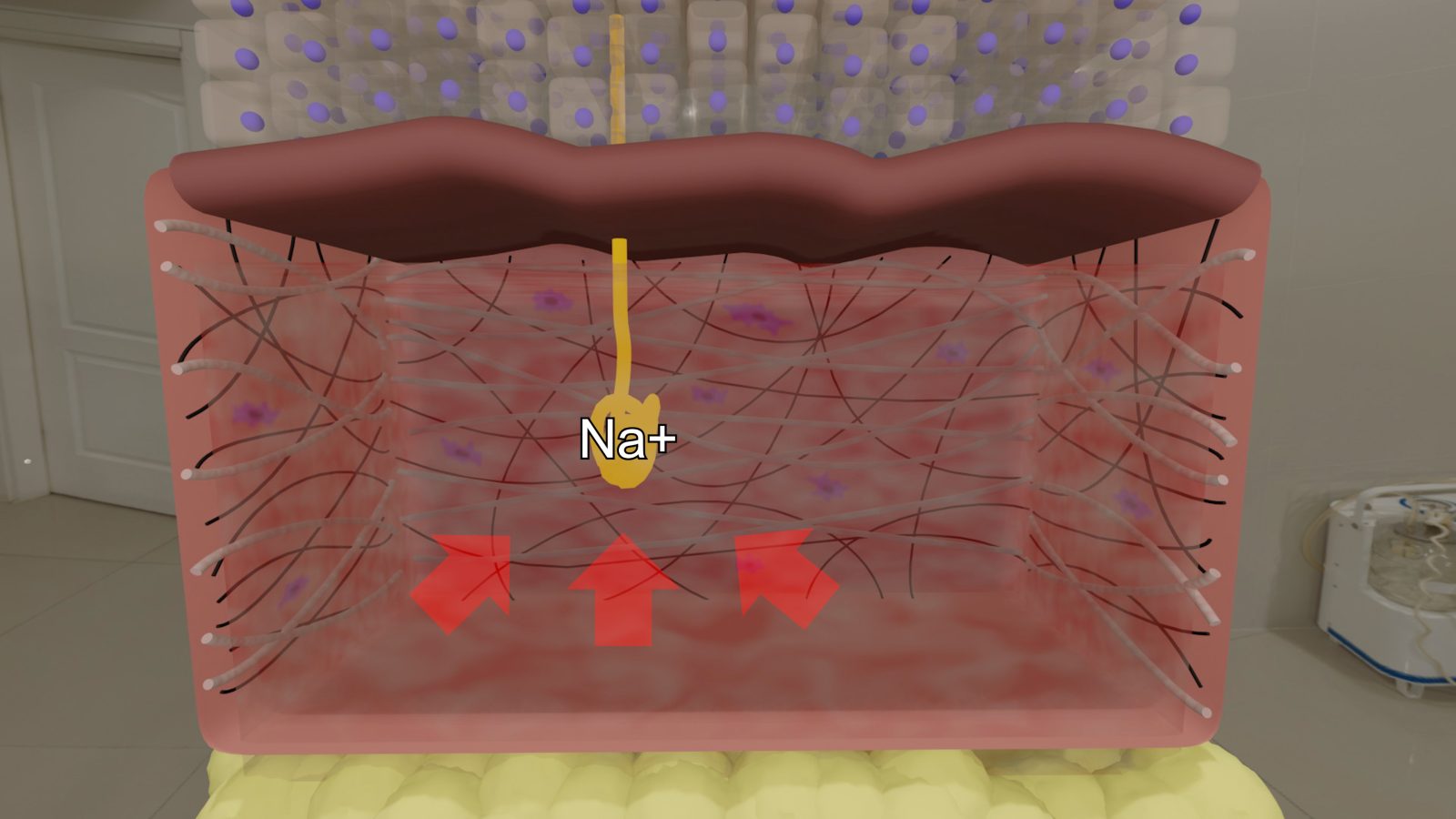
The problem is that when a large amount of water is sent to the sweat glands, sodium is also expelled along with the sweat. Combined with the loss of water, this leads to a concentration of the blood, potentially impairing brain function.
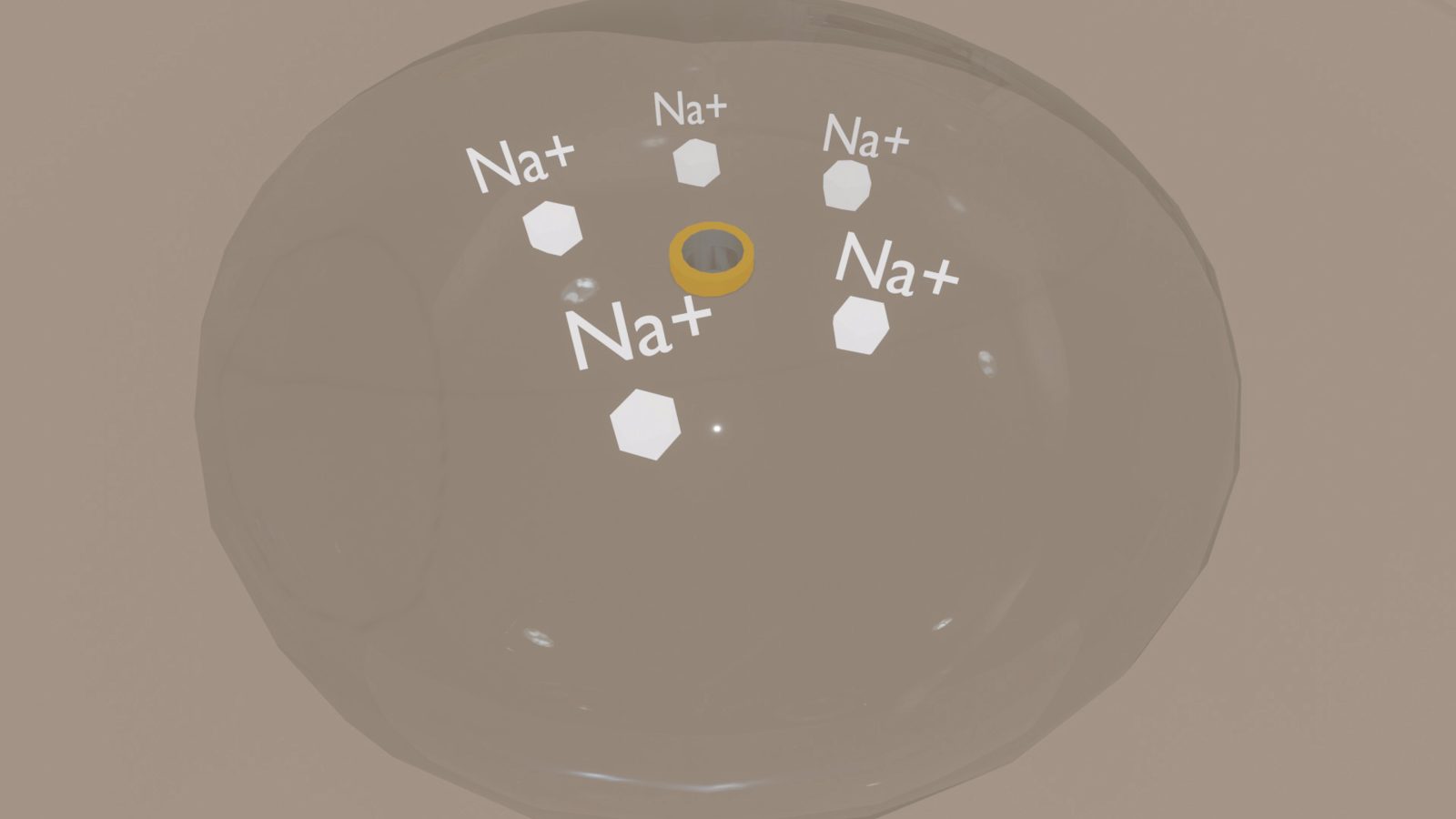
Functions of the brain
So, what exactly does our brain do? It transmits electrical signals. Within the brain, cells behave much like electrical cables, passing currents from one point to another, forming the foundation of all thought and perception. To transmit these signals, sodium and potassium ions must shuttle across the membranes of brain cells. This ion exchange is what generates the electrical current.
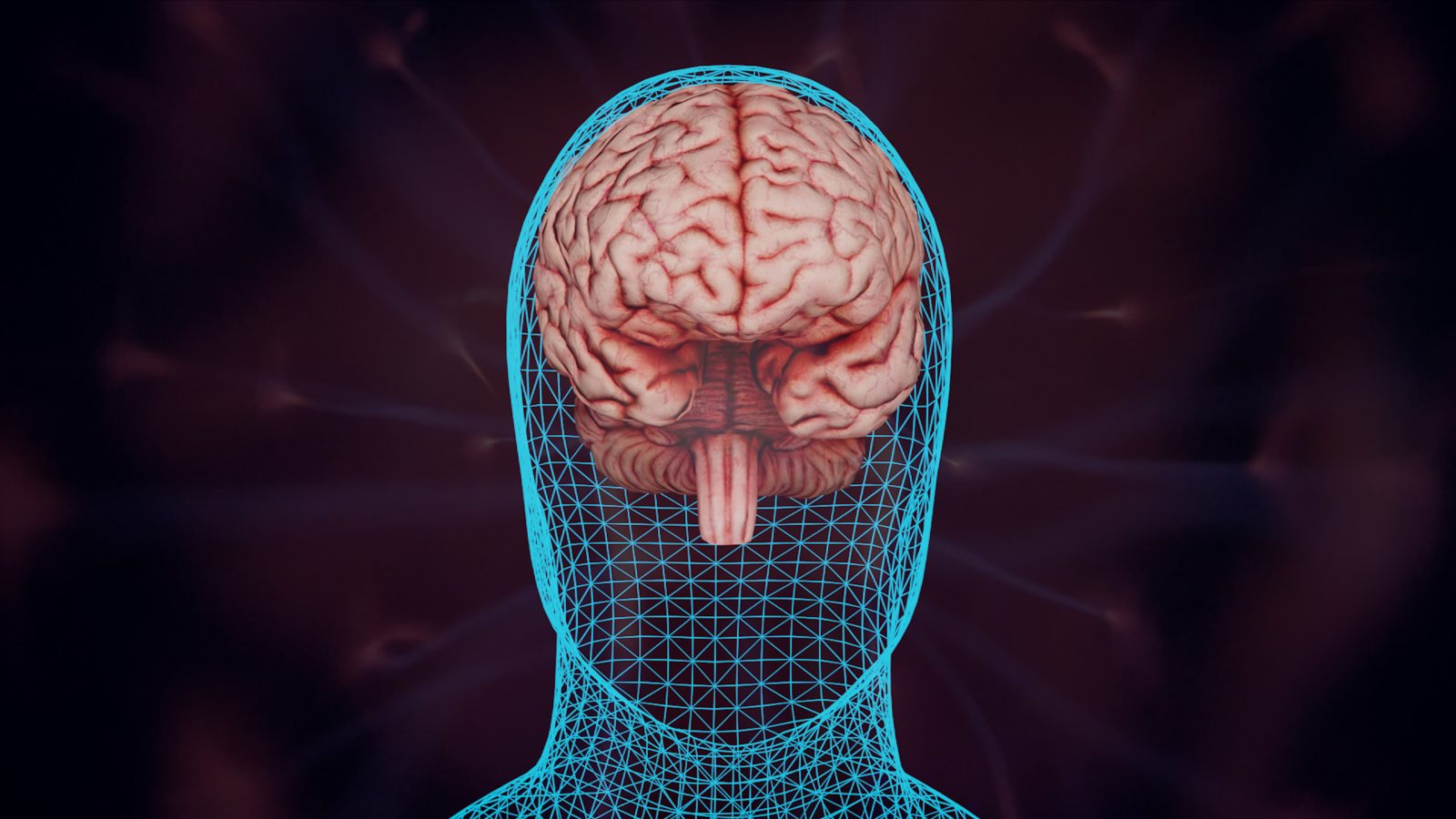
But when we sweat, sodium is expelled from the body. As sodium levels drop, the brain's ability to effectively convey signals also decreases.

Additionally, once a signal has passed through, the cell must reset itself, utilizing energy. This energy is delivered via the bloodstream. So, for the brain to function properly, an adequate blood supply must constantly nourish it.
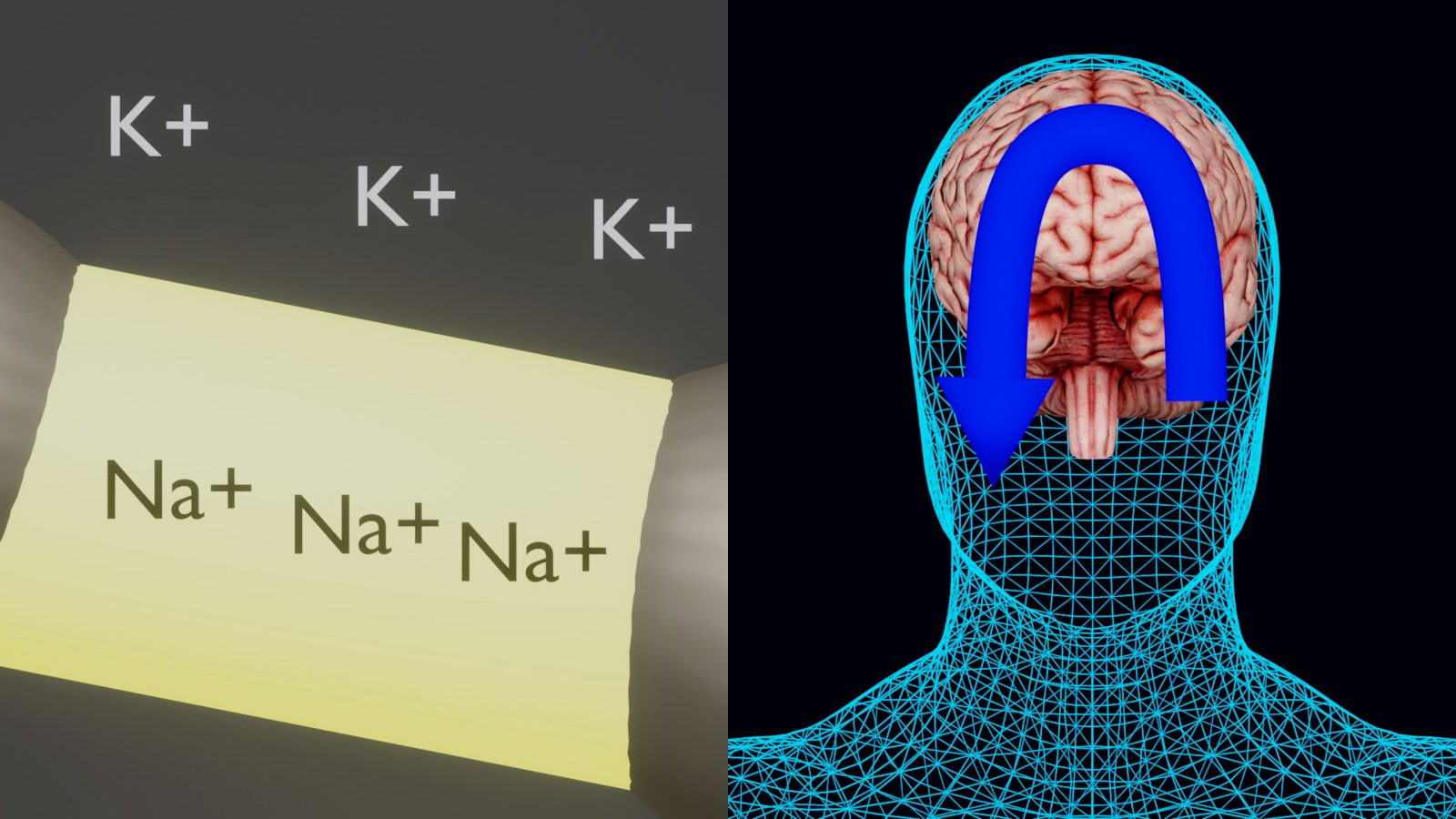
However, in hot environments, blood tends to concentrate on the skin's surface for cooling.
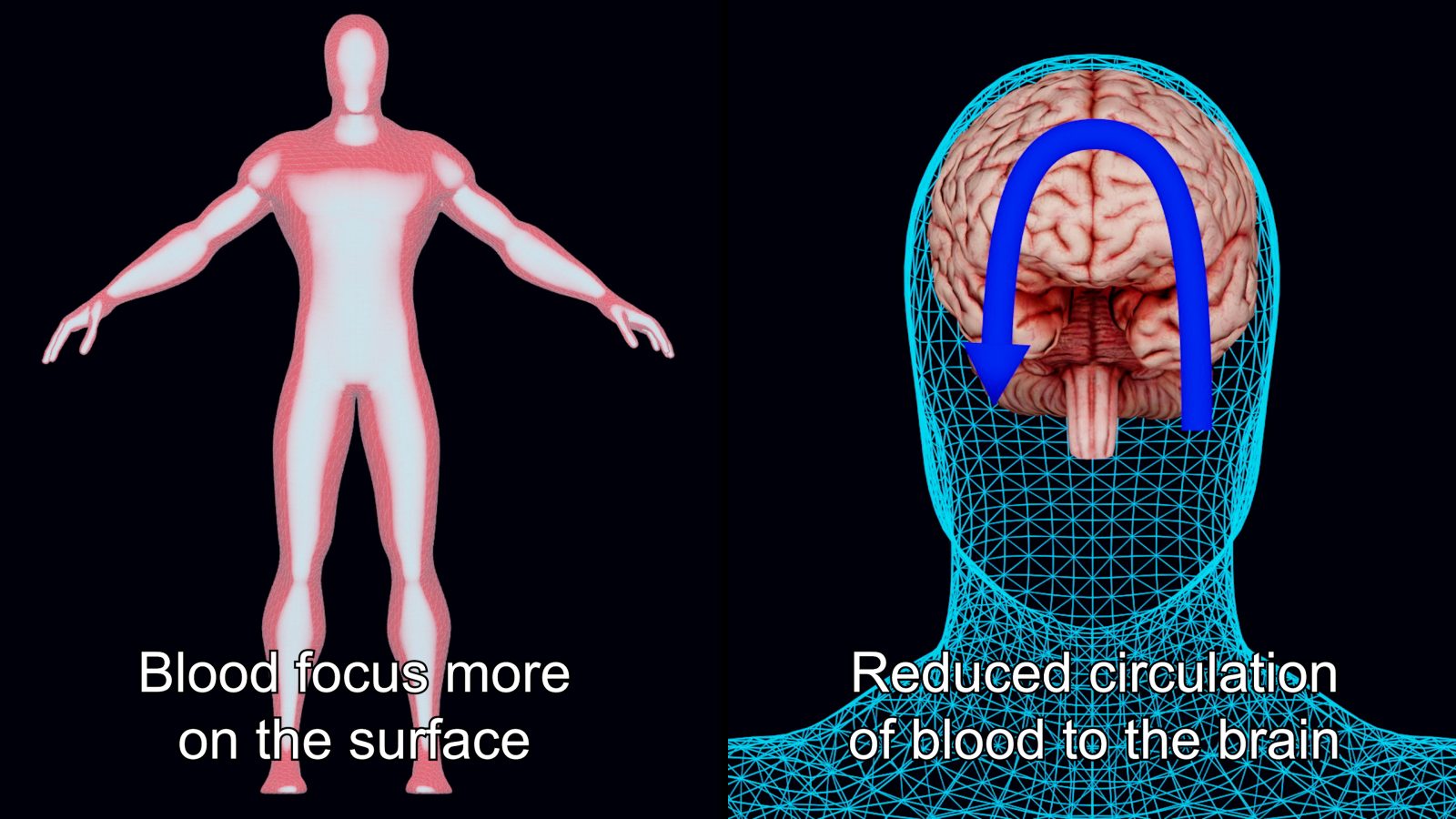
At the same time, dehydration thickens the blood, further reducing circulation to the brain. As a result, the energy needed to reset each neuron becomes insufficient. This is why, on hot days, it becomes harder to concentrate and your tricks become less precise: your brain lacks the sodium and energy required to perform at its best.
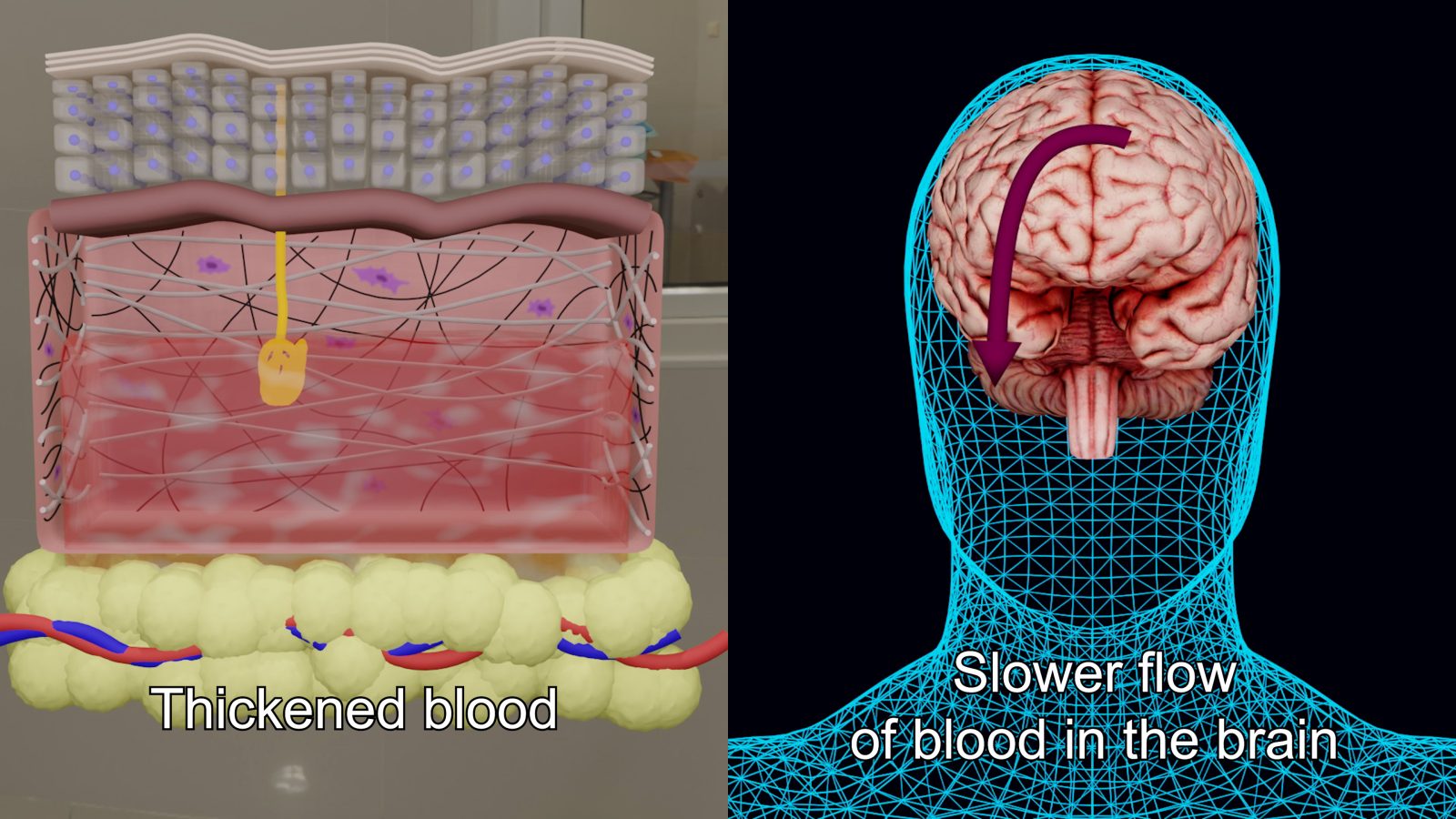
How to ingest necessary nutrition
So, what should we do? Is it enough to simply drink water or replenish sodium and potassium after we begin to feel thirsty? The answer is no. Once we start moving our bodies, the digestive system slows down, making it take longer for nutrients and fluids to be absorbed.
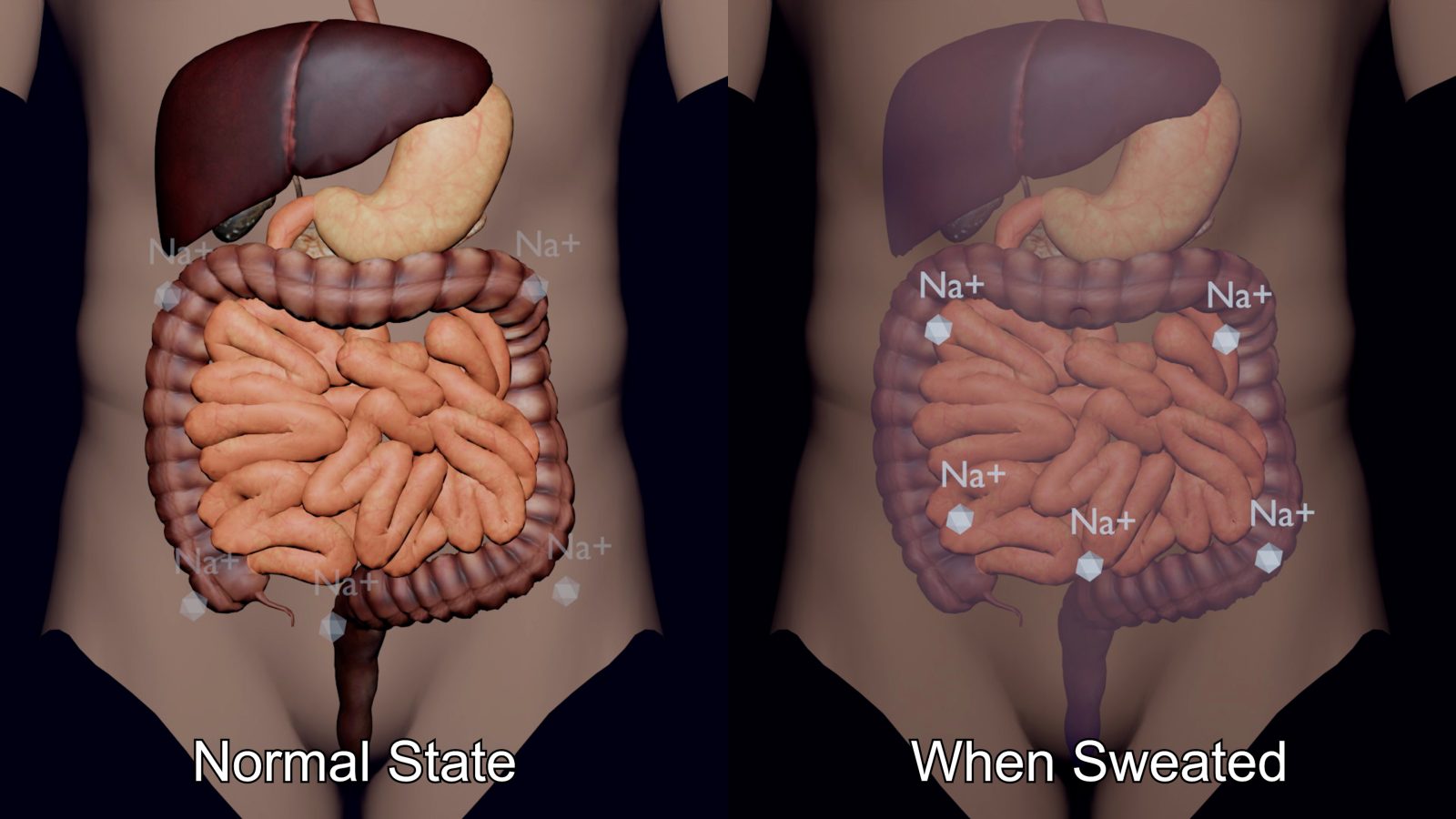
To ensure your body receives the essential components it needs, ingest sodium, preferably in an easily digestible form, such as salt tablets, along with water at least 30 minutes prior to physical activity.
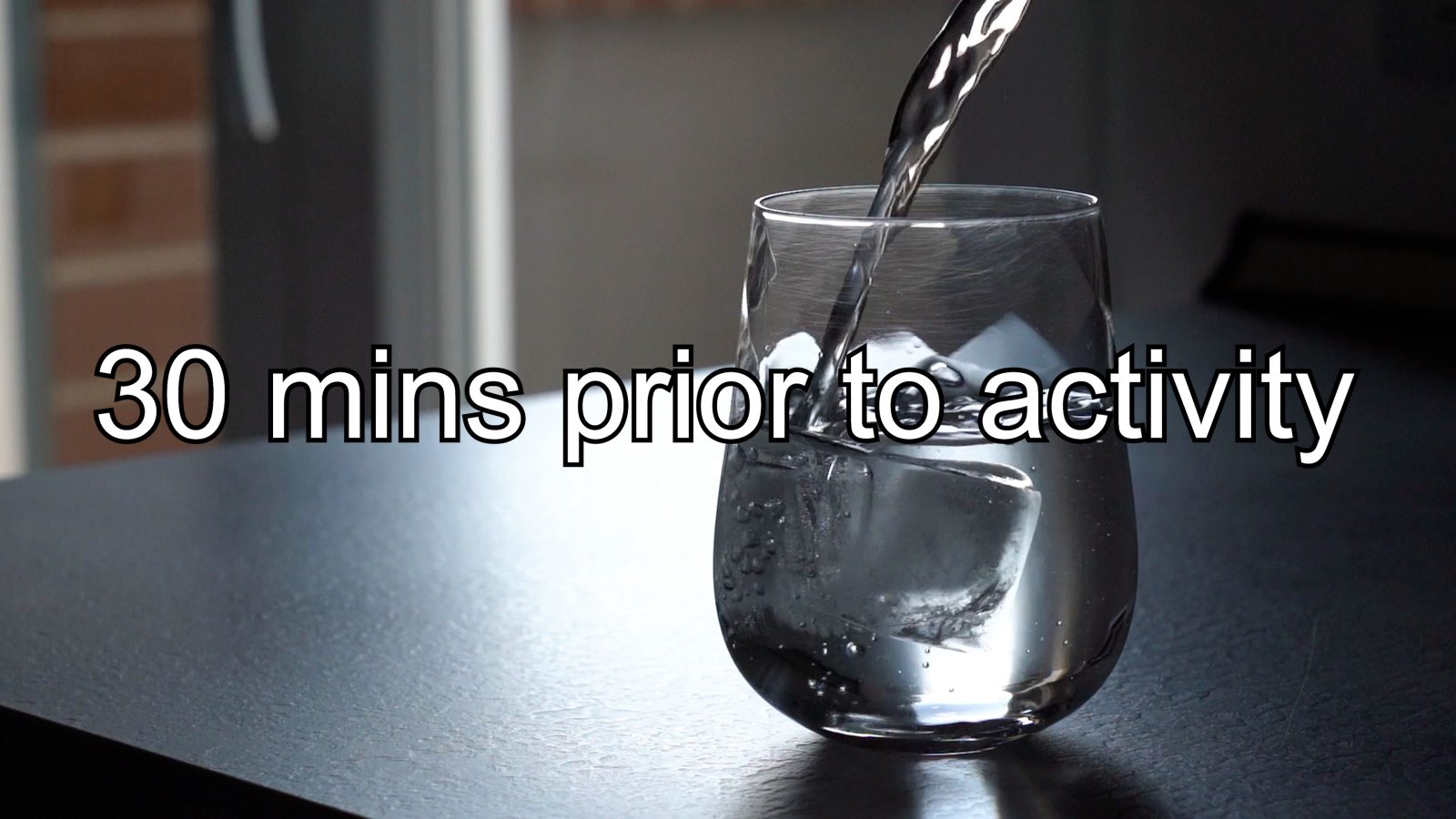
While sodium-rich foods are abundant, many of them are encased in cellular membranes or require longer digestion times before the nutrients become available. If you don't have access to salt tablets, a sports drink is a reasonable alternative.
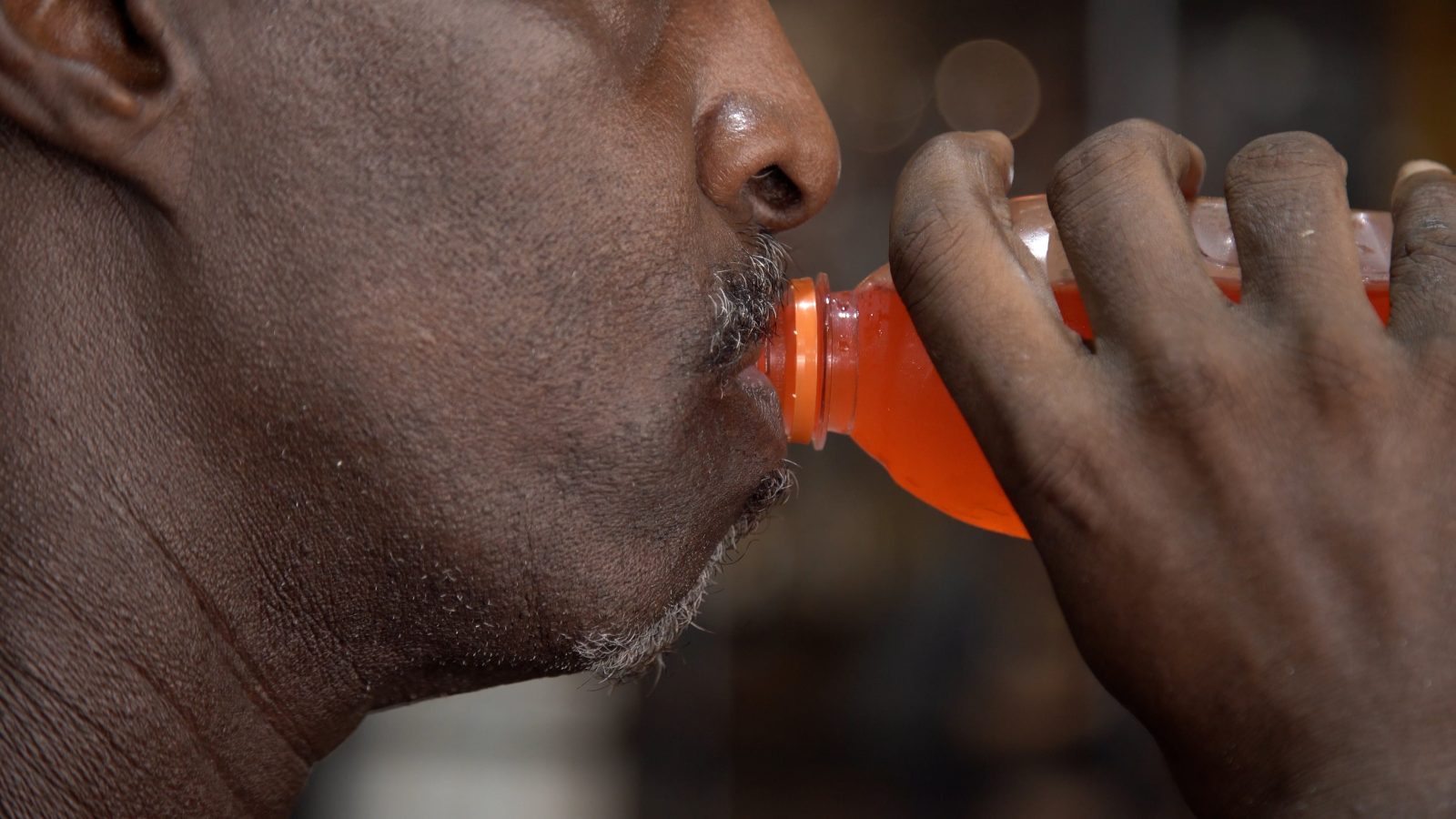
Brain Temperature
As we've learned, one of the primary reasons we sweat is to prevent the body from overheating because the brain is susceptible to heat. As body temperature rises, a region of the brain called the amygdala, which is responsible for processing emotions such as fear and agitation, becomes more active. At the same time, blood flow to the brain is reduced, suppressing activity in the prefrontal cortex, the area responsible for self-control and rational thought.
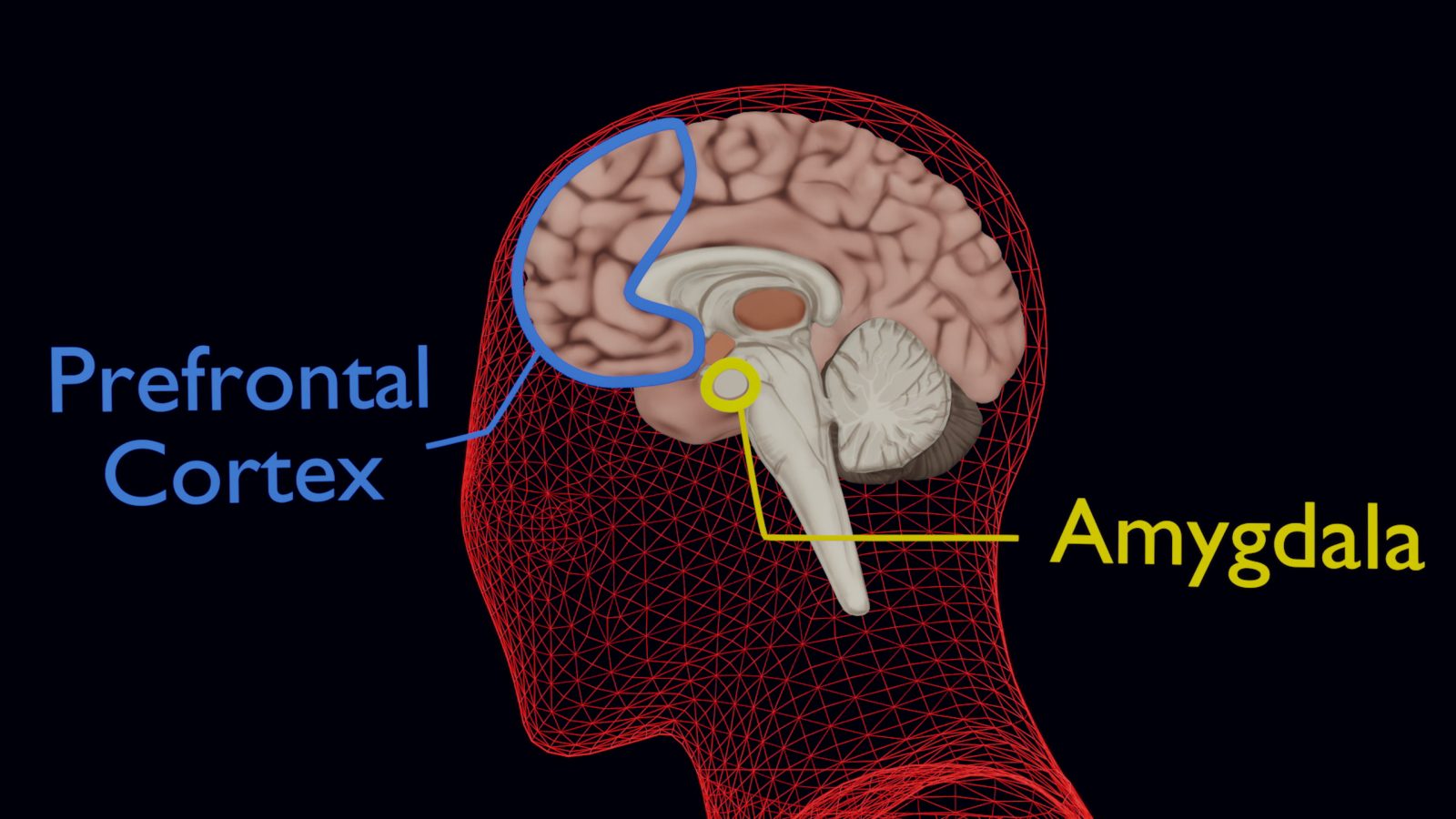
In other words, heat prompts the brain to enter a heightened emotional state, while weakening the mechanisms that normally regulate those emotions—the result is increased irritability.
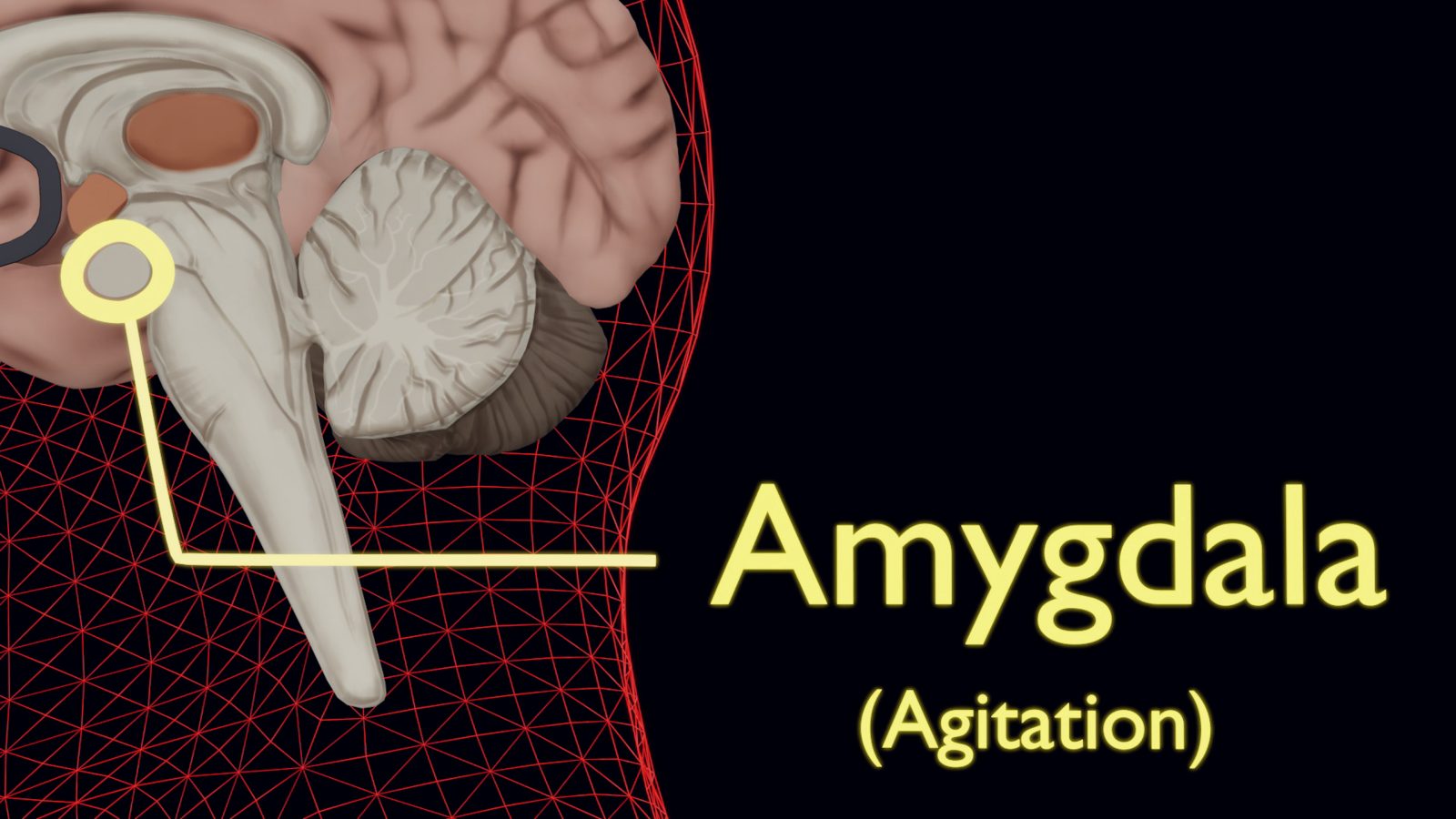
And that's not all. When the amygdala is overstimulated, even if we know we should take a break, the desire to rush into the next attempt becomes overwhelming. However, in this state, we tend to rush the timing of the trick, which often leads to failure. This leads to a downward spiral: the trick fails, frustration activates the amygdala further, physical exhaustion reduces precision, and each subsequent attempt becomes more error-prone.
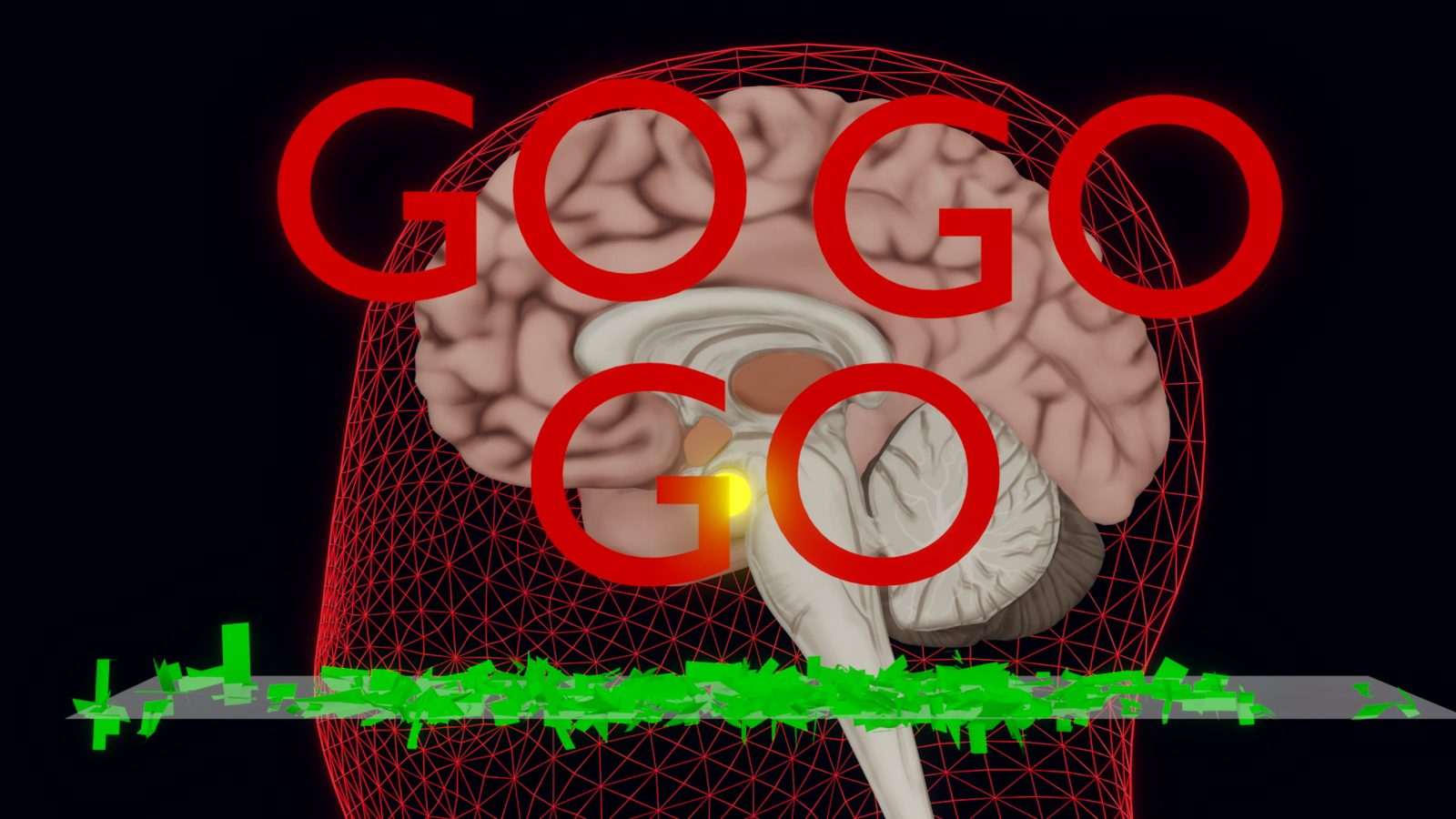
How to deal with the temperature
So, what should you do? Remember this. Especially when frustration starts to build, failure in these moments is not necessarily a matter of lacking skill; it is the result of your brain's functions slowing down.
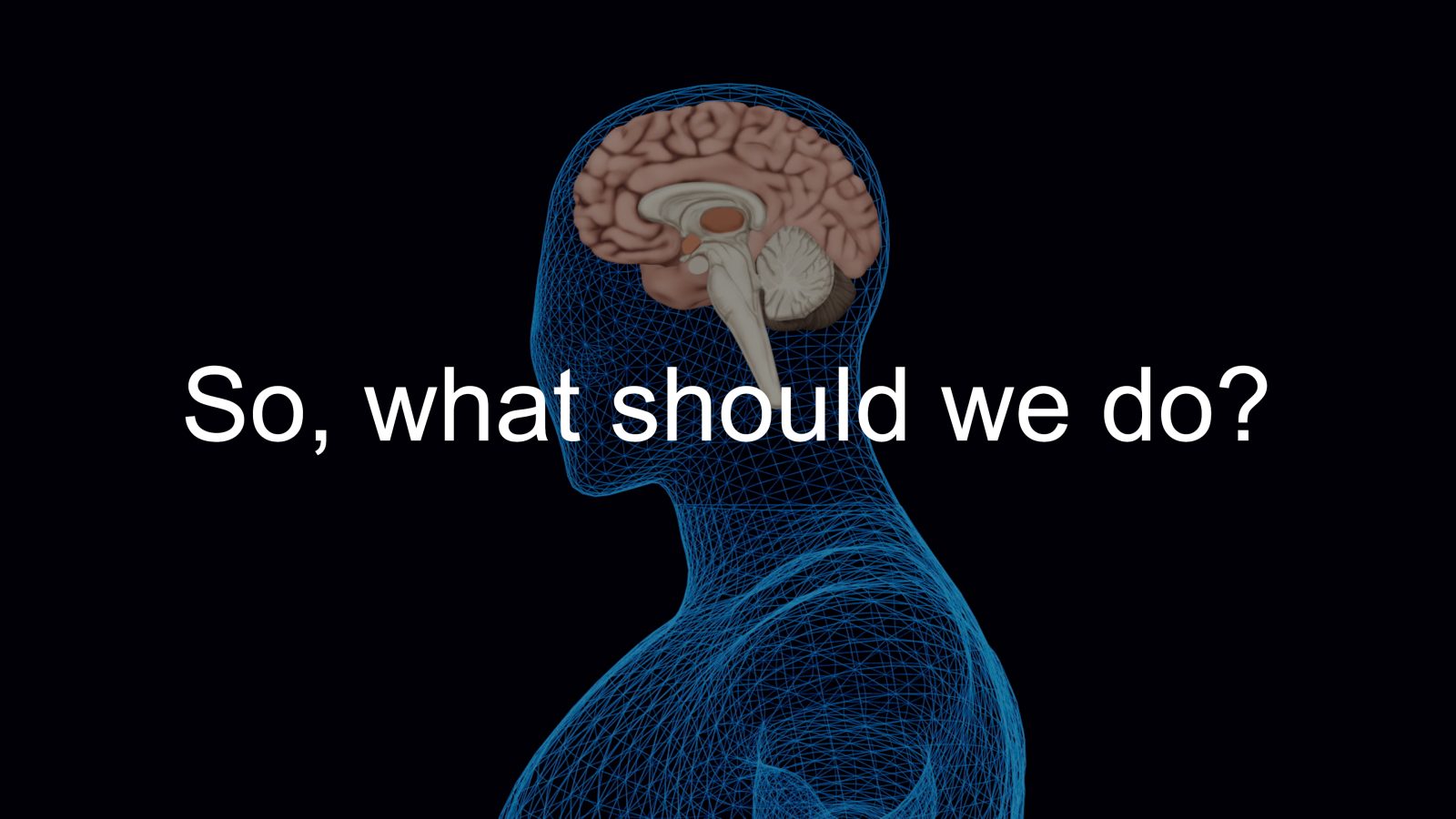
When things stop going well, lower your body temperature and restore blood flow to the brain by replenishing electrolytes and fluids, resting in the shade. As the brain cools, mental clarity returns. Taking a break is not an act of retreat; it is a strategic interval to restore your brain's full functionality.

